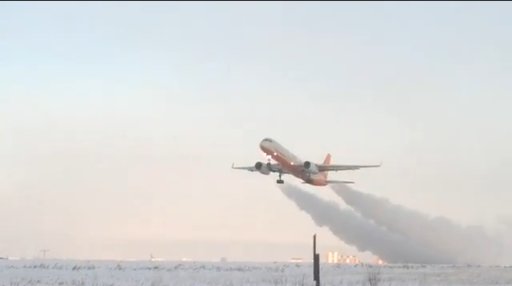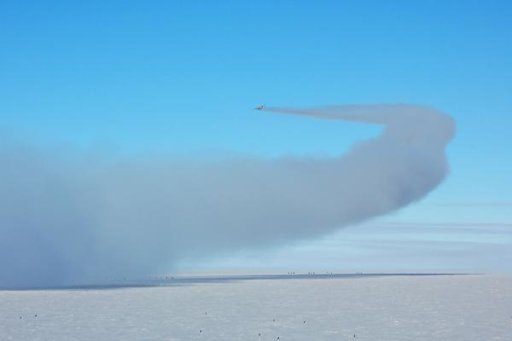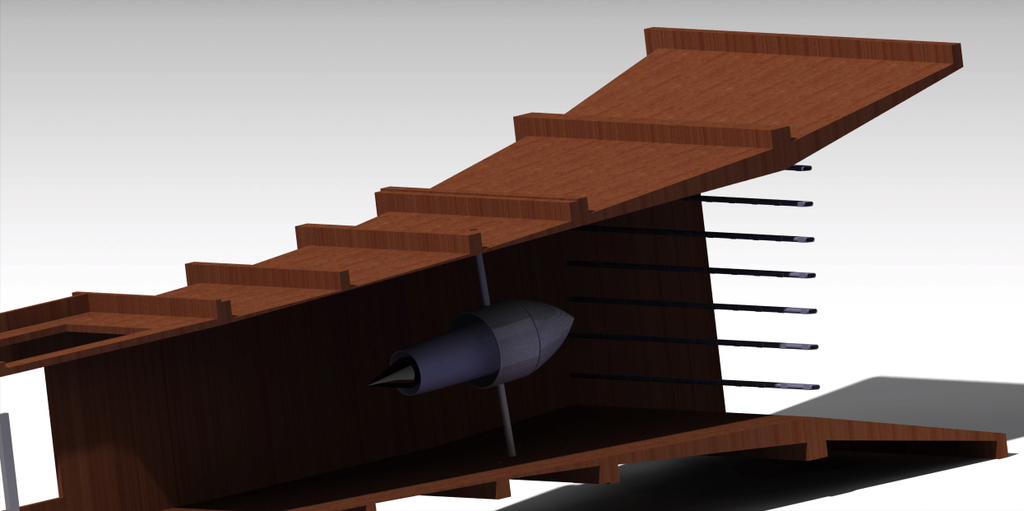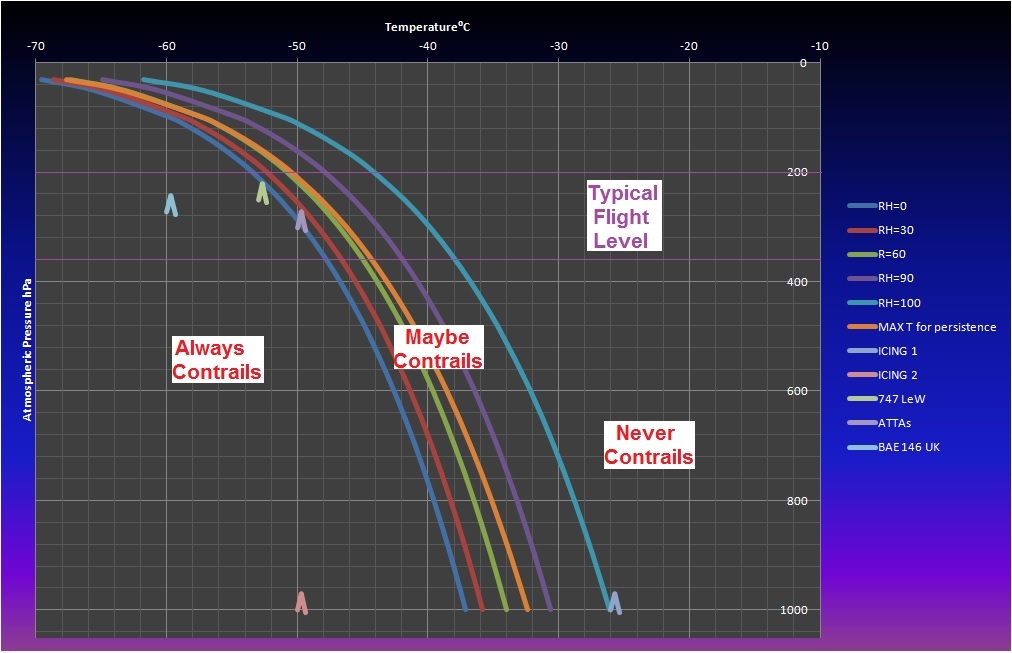Spooner
New Member
Hi everyone
I would like to know your opinion if it will posibble to promote contrails inside a tunnel with atmospheric pressure, -30ºC, 120RH and a pipe from a diesel engine exhaust in the centre for get soot.
I know that it sounds crazy, but the conditions are very close to Appleman criterion, also I've read over 30 references and I haven't found anything
So, what do you think?
I would like to know your opinion if it will posibble to promote contrails inside a tunnel with atmospheric pressure, -30ºC, 120RH and a pipe from a diesel engine exhaust in the centre for get soot.
I know that it sounds crazy, but the conditions are very close to Appleman criterion, also I've read over 30 references and I haven't found anything
So, what do you think?




